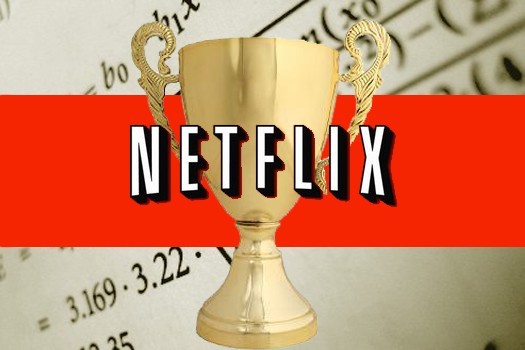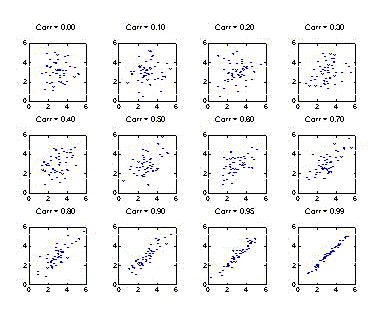
He returned for another round of Goldman’s grilling, which ended in the office of one of the high-frequency traders, another Russian, named Alexander Davidovich. A managing director, he had just two final questions for Serge, both designed to test his ability to solve problems.
The first: Is 3,599 a prime number?
Serge quickly saw there was something strange about 3,599: it was very close to 3,600. He jotted down the following equations: 3599 = (3600 – 1) = (602 – 12) = (60 – 1) (60 + 1) = 59 times 61. Not a prime number.
The problem wasn’t that difficult, but, as he put it, “it was harder to solve the problem when you are anticipated to solve it quickly.” It might have taken him as long as two minutes to finish. The second question the Goldman managing director asked him was more involved—and involving. He described for Serge a room, a rectangular box, and gave him its three dimensions. “He says there is a spider on the floor and gives me its coordinates. There is also a fly on the ceiling, and he gives me its coordinates as well. Then he asked the question: Calculate the shortest distance the spider can take to reach the fly.” The spider can’t fly or swing; it can only walk on surfaces. The shortest path between two points was a straight line, and so, Serge figured, it was a matter of unfolding the box, turning a three-dimensional object into a one-dimensional surface, then using the Pythagorean theorem to calculate the distances. It took him several minutes to work it all out; when he was done, Davidovich offered him a job at Goldman Sachs. His starting salary plus bonus came to $270,000.


